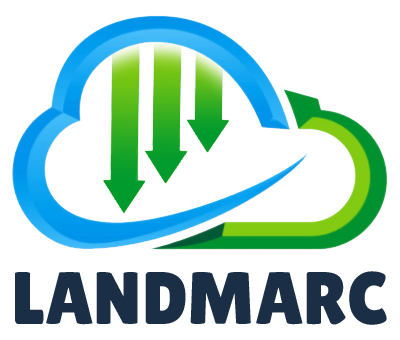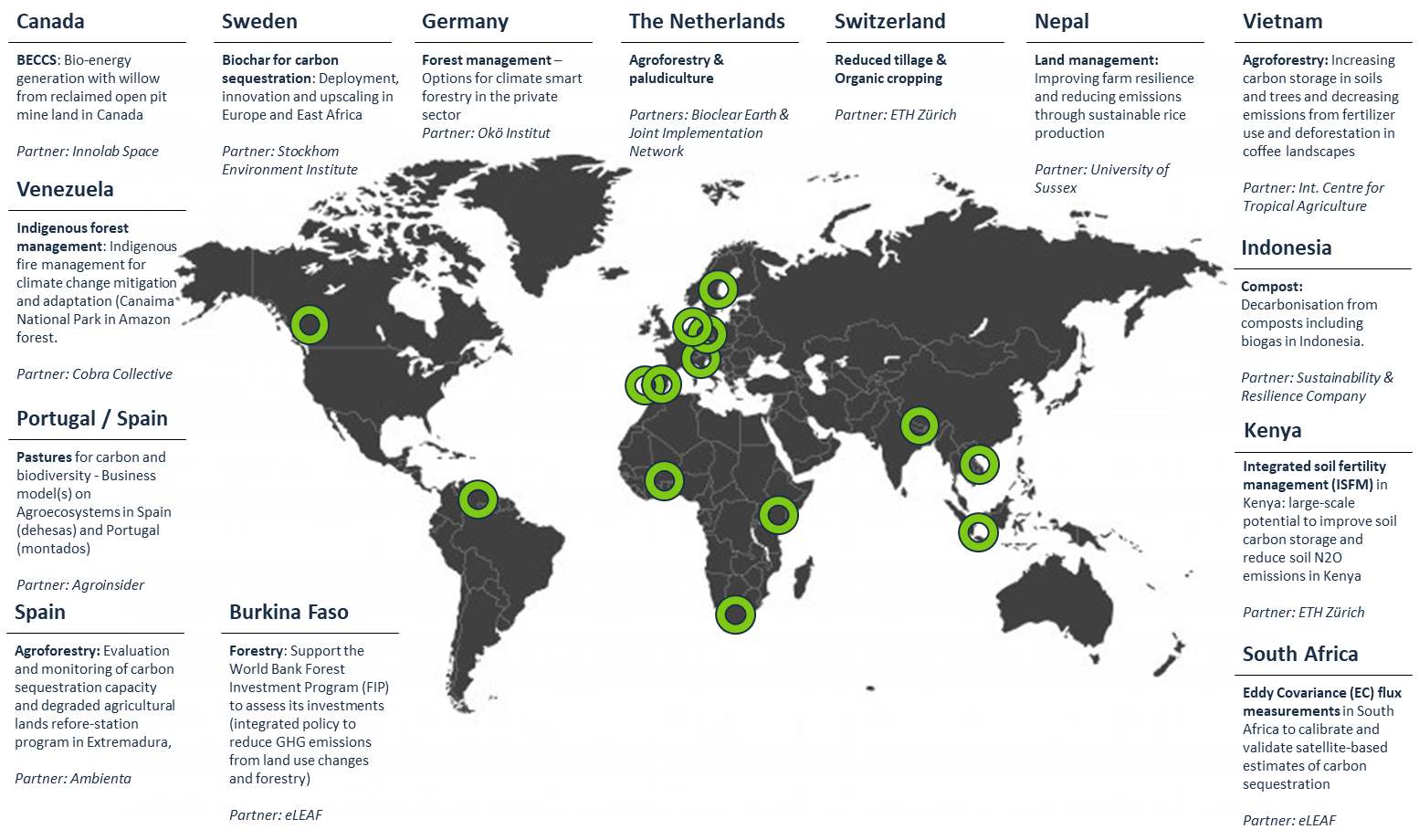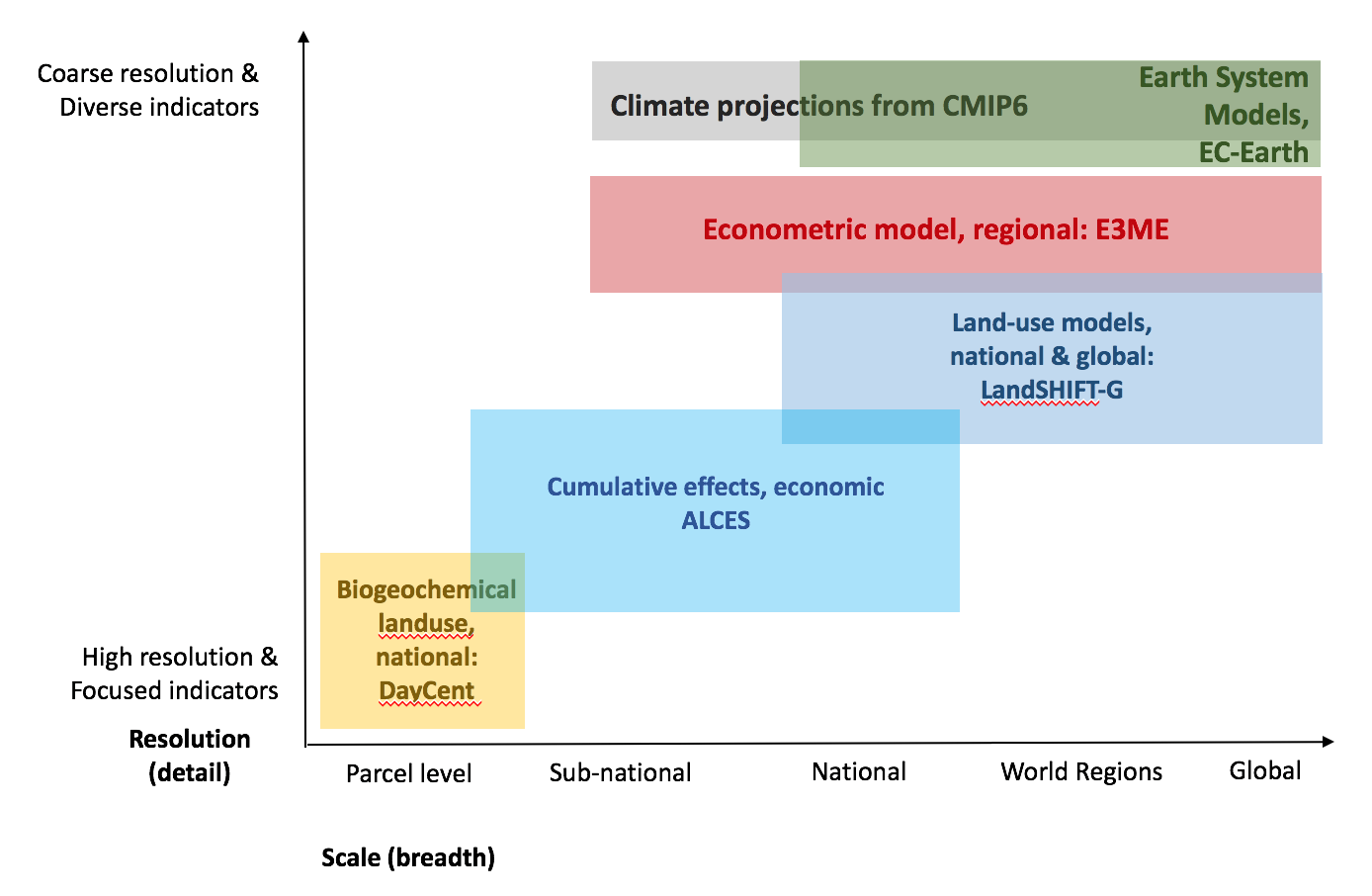LANDMARC
Land Use Based Mitigation for Resilient Climate Pathways (LANDMARC)
Background

It is expected that in order to limit global warming to below 2°C, net greenhouse gas (GHG) emissions will have to reach net zero by 2050. This means that residual emissions, for example by the agricultural sector, will need to be compensated using negative emissions technologies. Land-use based mitigation technologies (LMT) that act as a GHG sink and thus lead to negative GHG emissions will therefore be of high importance to limit future global warming. Such LMTs include, among others, the increase of soil carbon stocks, a long-term use of renewable biomass and improved forest management. However, there is limited knowledge on the actual potential of various LMTs and on potential competition for land with other land uses, as most studies are local pilot projects at small scale. Therefore, there is a need to systematically assess the technical potential of different LMTs and use state of the art modelling approaches to scale up their deployment potential to national and global levels, considering expected adoption barriers.
Objectives
This project aims to use several advanced models to scale up the potential of LMTs from local case studies to the national and global scale. The Sustainable Agroecosystems group is involved with case studies in Switzerland and Kenya and responsible for applying the DayCent biogeochemical model for upscaling. The objectives are to:
- Develop stakeholder validated narratives for realistic scenarios of LMT adoption at the national level
- Use the case studies to calibrate DayCent to a portfolio of feasible LMTs using case studies that provide measurements of high resolution and detail
- Upscale the LMT portfolios to national level using DayCent simulations
- Couple DayCent with larger scale economic and land use models (ALCES and LandSHIFT-N) to allow modeling the global adoption potential of different LMT portfolios for a time frame until 2050
Expected outcomes
The outcomes of the LANDMARC project will help to delineate the realistic potential of different LMTs to contribute to negative emissions to reach net zero by 2050. This can support better policy decisions in the future. The impact of LMT application on the climate will be estimated by state-of-the-art models. The possibilities of upscaling LMTs in different countries will be assessed and potential environmental, economic, and social co-benefits and trade-offs will be quantified.
Country: Switzerland and Kenya
System: All land uses that have the potential to store carbon, with a focus on agriculture and forestry.
Project duration: 2020-2024
Project partners: Technische Universiteit Delf (Netherlands); Stichting Joint Implementation Network (Netherlands); Ambienta Ingenieria y Servicios Agrarios y Forestales SL (Spain); Agroinsider LDA (Portugal); Barcelona Supercomputing Center (Spain); eleaf BV (Netherlands); Universität Kassel (Germany); Bioclear Earth BV (Netherlands); Cambridge Econometrics Limited (United Kingdom); Stockholm Environment Institute (Sweden); Koninklijk Nederlands Meteorologisch Instituut - KNMI (Netherlands); Öko-Institut e.V. – Institut für angewandte Ökologie (Germany); Biorecro AB (Sweden); PT Sustainability and Resilience (Indonesia); The University of Sussex (United Kingdom); Innovations for Sustainability Transitions Lab LTD (Canada); Centro Internacional de Agricultura Tropical, CIAT (Colombia); Cobra Collective CIC (United Kingdom)
Project funding: European Union, Horizon 2020
Link to project: external pageLANDMARC Horizon 2020 (landmarc2020.eu)call_made

For further information please contact Moritz Laub () or Johan Six ().


